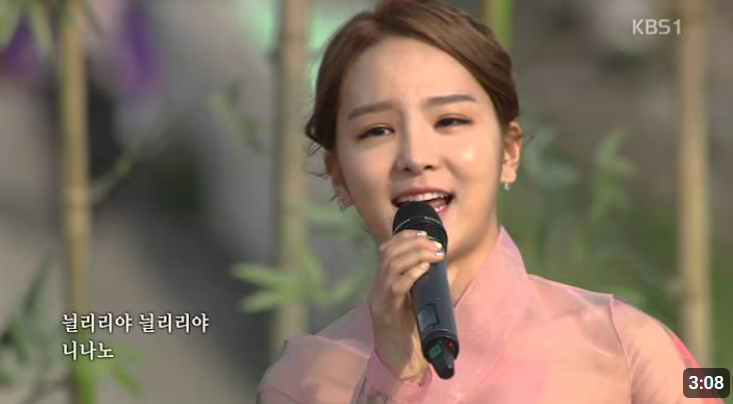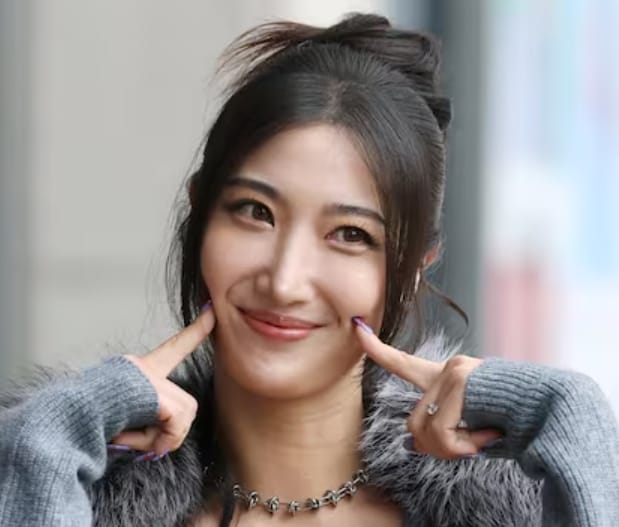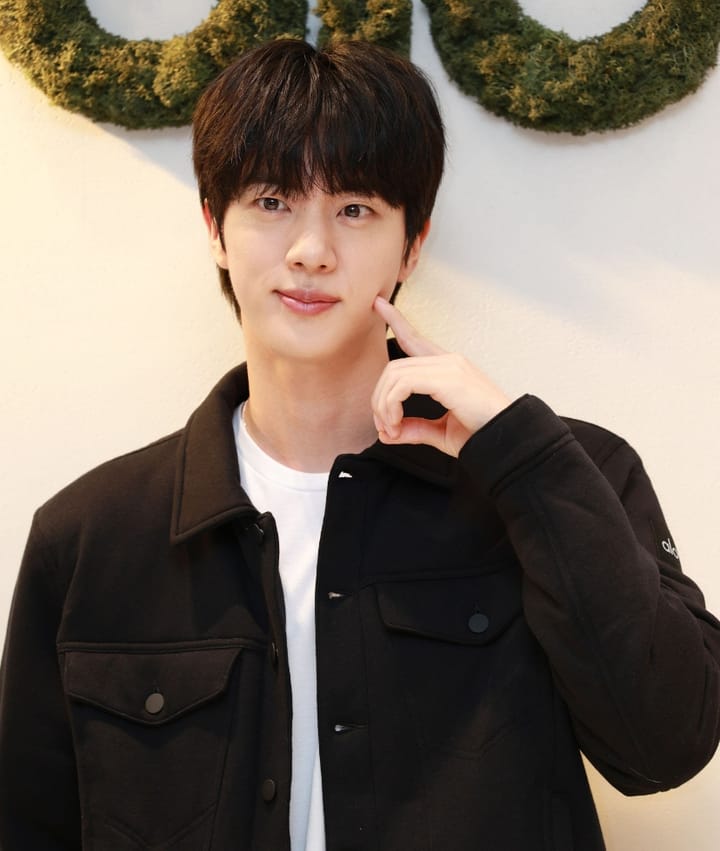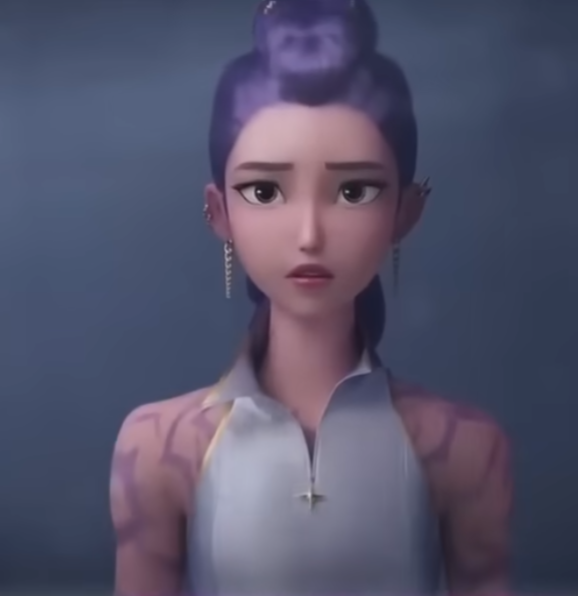The Timeless Beauty of Taepyeongga: Song So-hee's Masterful Revival of Korea's Musical Heritage

The Timeless Beauty of Taepyeongga: Song So-hee's Masterful Revival of Korea's Musical Heritage
Discovering the Roots of K-Pop Through Traditional Korean Folk Songs
While the world celebrates the global phenomenon of K-pop, few realize that its spiritual origins trace back centuries to Korea's rich tradition of folk songs (min-yo) and pansori storytelling. At the forefront of preserving and modernizing this heritage stands Song So-hee, a remarkable young artist who has become synonymous with the revival of Korean traditional music for contemporary audiences.
interview on 'Radio Star' Variety Show
Song So-hee: The Musical Prodigy Who Bridges Past and Present
A Star Born from Tradition
Song So-hee (born October 20, 1997) emerged as a musical prodigy at an extraordinarily young age. At just 7 years old, she appeared on KBS's "National Singing Contest" and made such a profound impression on viewers that she became nationally famous. Called a "musical genius" and "young master singer," she has been captivating audiences since childhood with her exceptional vocal abilities.
From Child Prodigy to Cultural Ambassador
Song So-hee's talent was recognized early when she won first place on KBS's "National Singing Contest" in 2009, becoming the youngest-ever winner in the show's history. Her performance of Changbu Taryeong (a traditional Korean folk song) moved viewers to tears and marked the beginning of her journey as Korea's premier young traditional music artist.
Since then, she has performed on numerous prestigious stages:
- International venues across Japan, Russia, the United States, and the Middle East
- Major Korean cultural events including the 2018 PyeongChang Winter Olympics ceremonies
- Television programs such as "Sketchbook," "Masked Singer," and various cultural showcases
Boat Song (Baetnorae) performed by Song So-hee - Korean Folk Song
Musical Versatility and Innovation
Song So-hee's appeal lies not just in her traditional performances but in her ability to seamlessly blend traditional Korean vocal techniques with modern musical genres. Her recent success with the song "Not a Dream" in 2025 exemplifies this fusion, combining traditional Korean vocal styles with contemporary band arrangements.
Taepyeongga: A Song of Peace and Contentment
Historical Background and Cultural Significance
Taepyeongga (태평가), literally meaning "Song of Carefree Living," represents one of Korea's most beloved traditional folk songs. Originally composed in 1935 by songwriter Jeong Sa-in with lyrics by Gang Nam-wol, it was first performed by the pioneering female singer Seonwoo Il-seon.
The song emerged during a turbulent period in Korean history, yet its message transcends its era. Taepyeongga embodies the Korean philosophical concept of living without worry or anxiety—a carefree, tranquil state of mind that chooses not to be burdened by life's troubles. This reflects the Korean attitude of "what's the use of worrying?" and embraces a lighthearted approach to existence.
The Philosophy of Carefree Living
The lyrics of Taepyeongga reflect a distinctly Korean approach to life's challenges—essentially saying "why worry?" Rather than being burdened by troubles, the song encourages listeners to adopt a carefree, worry-free attitude. This concept of being "taepyeong" (태평) means living without anxiety or stress, even when perhaps one should be more concerned. Key themes include:
- Choosing not to worry about things beyond our control
- Embracing a carefree attitude despite life's responsibilities
- Celebration of nature's beauty through imagery of butterflies and flowers
- The wisdom of lighthearted living as a philosophy for happiness
- Playfulness and leisure as natural states of being
The famous refrain "니나노 닐리리야" (ni-na-no nil-li-ri-ya) represents the pure joy of music itself—syllables that carry no literal meaning but express the fundamental human need for song and celebration.
Musical Structure and Folk Traditions
Taepyeongga follows the traditional Korean musical structure of Gyeonggi min-yo (경기민요), the folk song style originating from the Seoul and Gyeonggi Province regions. Like other Korean traditional music, it employs the distinctive "kkeokgi" vocal technique—a characteristic ornamental bending of notes that creates the emotional depth Korean music is known for.
Song So-hee's Interpretation: Breathing New Life into Tradition
Vocal Mastery and Emotional Depth
Song So-hee's rendition of Taepyeongga showcases her remarkable vocal range and crystal-clear tone, particularly evident in her head voice register. Her interpretation maintains the song's traditional essence while making it accessible to contemporary audiences.
What sets her performance apart is her ability to convey the song's deeper emotional layers. Her rich vocal power and exceptional singing ability, combined with the traditional Korean vocal techniques, create performances that are almost unbelievable coming from such a young artist.
Cultural Bridge-Building
Song So-hee's performances of Taepyeongga serve as more than entertainment—they function as cultural education. Through her art, international audiences gain insight into:
- Korean philosophical approaches to handling life's challenges
- Traditional vocal techniques that predate and inform modern K-pop
- Historical contexts that shaped Korean cultural identity
- Universal themes of resilience, joy, and hope
The Connection Between Traditional Min-yo and Modern K-Pop
Shared DNA of Korean Music
The connection between traditional Korean folk songs like Taepyeongga and contemporary K-pop is more than superficial. Both share:
- Emphasis on vocal virtuosity and technical excellence
- Emotional storytelling through music
- Community participation and shared cultural experience
- Adaptability and innovation while respecting core traditions
- Performance as cultural expression rather than mere entertainment
Song So-hee as Cultural Innovator
Song So-hee represents the future of Korean traditional music—artists who can navigate between pure tradition and contemporary fusion, bringing ancient wisdom to modern audiences. Her work demonstrates that traditional Korean music isn't museum pieces but living, breathing art forms capable of evolving while maintaining their essential character.
Global Impact and Cultural Preservation
International Recognition
Song So-hee's popularity has spread internationally through online videos and television reruns, with both Korean diaspora communities and non-Korean audiences appreciating her talent and the beauty of Korean traditional music. Her performances have introduced countless international viewers to the sophistication and emotional depth of Korean folk traditions.
Educational Mission
Beyond entertainment, Song So-hee serves multiple cultural roles:
- UNESCO Korea Committee Ambassador (2014)
- UN Public Administration Forum Ambassador (2014)
- Yongin City Honorary Ambassador (2016)
These positions reflect her importance as a cultural diplomat, introducing Korean traditional music to global audiences and preserving these traditions for future generations.
The Timeless Relevance of Taepyeongga
Universal Messages for Modern Times
In our contemporary world of constant stress and rapid change, Taepyeongga's message feels remarkably relevant. The song's core wisdom—that happiness comes from choosing a carefree attitude, not worrying about things beyond our control, and maintaining a lighthearted approach to life's challenges—speaks to universal human experiences.
This "taepyeong" philosophy suggests that sometimes the wisest response to life's pressures is to simply not let them weigh us down. It's a form of practical wisdom that says "why stress when you can be at ease?"
Song So-hee's interpretation makes this ancient wisdom accessible to modern listeners, demonstrating that traditional Korean culture offers valuable perspectives for contemporary life.
Musical Heritage as Living Tradition
Through artists like Song So-hee, Taepyeongga and other traditional Korean songs continue to evolve while maintaining their essential character. This living tradition approach ensures that Korean musical heritage remains relevant and meaningful for new generations, both in Korea and internationally.
Conclusion: The Future of Korean Musical Heritage
Song So-hee's mastery of Taepyeongga represents more than individual artistic achievement—it symbolizes the successful transmission of Korean cultural DNA across generations. Her work demonstrates that traditional and contemporary Korean music share common roots in the human need for emotional expression, community connection, and artistic excellence.
As K-pop continues its global dominance, artists like Song So-hee remind us of the deep wellsprings of creativity and wisdom that have always characterized Korean musical culture. Taepyeongga, in her capable hands, becomes not just a preservation of the past but a bridge to the future—showing how ancient wisdom and contemporary artistry can create something both timeless and immediate.
In listening to Song So-hee perform Taepyeongga, we experience the essence of Korean musical culture: the ability to find joy in sorrow, beauty in simplicity, and hope in tradition. It's a musical philosophy that the world needs now more than ever.
Related Topics: #SongSohee #Taepyeongga #KoreanFolkMusic #Minyo #TraditionalMusic #KoreanCulture #KPopRoots #CulturalHeritage


